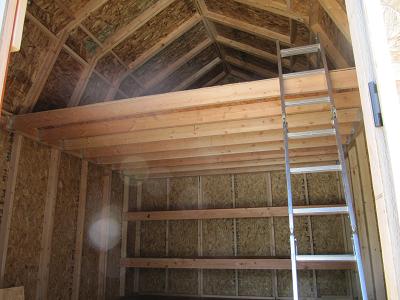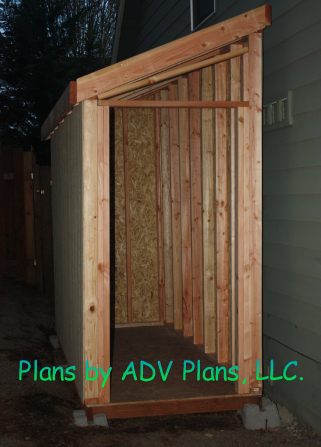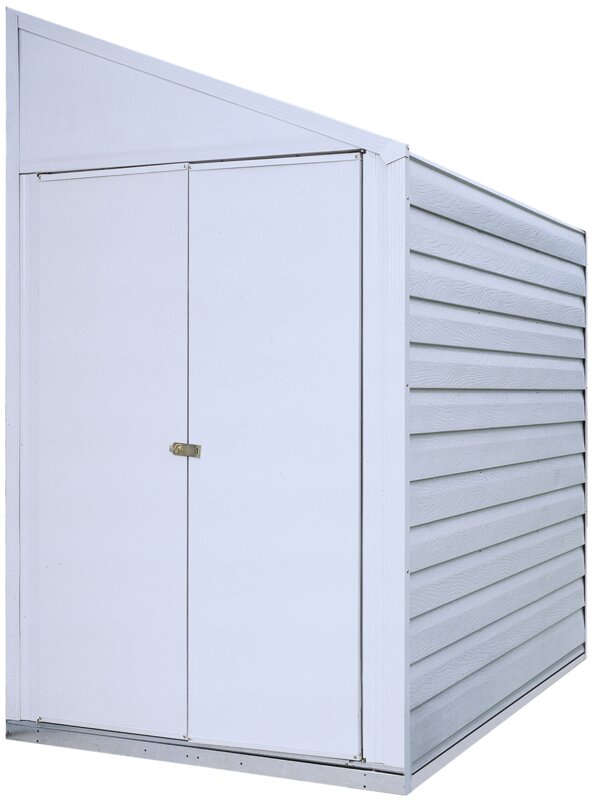Off-Grid Shed Plans: Self-Sufficient and Sustainable Designs
Escape the grid and embrace self-sufficiency with a meticulously designed off-grid shed! This isn't your grandfather's garden shed; we're talking about cleverly engineered spaces designed for sustainability, resilience, and a deep connection with nature. Imagine a personal retreat, a workshop powered by the sun, or even a fully functional tiny home, all built to minimize your environmental impact and maximize your independence. This article explores the key considerations and exciting possibilities when designing and constructing your own off-grid shed.
Location, Location, Location: Choosing the Perfect Spot
Before you even think about blueprints, carefully select your shed's location. Consider sun exposure for solar panel efficiency – south-facing is generally optimal in the Northern Hemisphere. Assess wind patterns to minimize wind resistance and potential damage. Evaluate the ground conditions for proper foundation construction, and check for nearby water sources for easy access (if needed). Local regulations and zoning laws also play a crucial role. Don't rush this step; a well-chosen location forms the bedrock of your entire project.
Essential Site Considerations:
- Sunlight exposure for solar power
- Prevailing wind directions
- Soil type and stability for foundation
- Proximity to water sources
- Compliance with local building codes and regulations
Powering Your Off-Grid Shed: Renewable Energy Solutions
The heart of any off-grid structure is its power source. Solar panels offer a clean and sustainable option. Calculate your energy needs carefully to determine the appropriate panel size and battery storage capacity. Consider supplementing with a small wind turbine, especially if your location is consistently windy. Properly sizing your system prevents underpowering or overspending. Remember to invest in high-quality charge controllers and inverters to maximize efficiency and protect your equipment.
Renewable Energy Options:
- Photovoltaic (PV) Solar Panels: Capture sunlight and convert it into electricity.
- Wind Turbines: Harness wind energy, particularly effective in exposed areas.
- Battery Storage: Essential for storing excess energy for nighttime use.
Sustainable Building Materials: Eco-Friendly Choices
Committing to an off-grid lifestyle extends to your building materials. Prioritize sustainable and locally sourced lumber whenever possible, reducing your carbon footprint significantly. Reclaimed wood adds character and reduces waste. Consider using natural insulation materials like straw bales, sheep's wool, or recycled denim for excellent thermal performance and minimal environmental impact. Explore eco-friendly paints and finishes that release minimal VOCs (volatile organic compounds).
Eco-Conscious Material Selection:
- Reclaimed lumber: Gives the shed character and reduces waste.
- Sustainable timber: Choose wood from responsibly managed forests.
- Natural insulation: Straw bales, sheep's wool, or recycled materials offer excellent performance.
- Low-VOC paints and finishes: Minimize harmful emissions.
Water Management: Harvesting and Conservation
Water conservation is paramount in an off-grid setting. Implement rainwater harvesting systems to collect and store rainwater for non-potable uses such as irrigation or washing. Consider greywater recycling to reuse water from showers and sinks for toilet flushing or garden watering. Efficient plumbing fixtures minimize water consumption. Proper drainage around your shed prevents water damage and erosion.
Water Conservation Strategies:
- Rainwater harvesting: Collect rainwater for various uses.
- Greywater recycling: Reuse wastewater for non-potable applications.
- Water-efficient plumbing fixtures: Reduce water consumption.
Beyond the Basics: Advanced Off-Grid Features
For those seeking a truly advanced off-grid experience, consider integrating composting toilets, a wood-burning stove for heating, and a greywater filtration system. These features significantly enhance self-sufficiency and reduce reliance on external services. Remember to thoroughly research and plan these installations to ensure safety and functionality. Your off-grid shed can evolve and adapt to your needs over time, transforming into a haven of sustainable living.


















